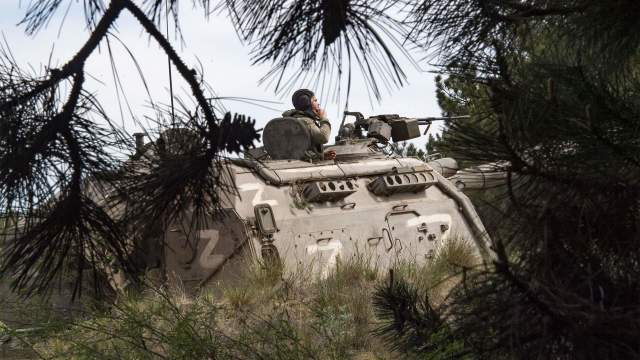Of the basic agreements with the West, only the Treaty on the Non-Proliferation of Nuclear Weapons remainedThe State Duma denounced the Treaty on Conventional Armed Forces in Europe, and the Foreign Ministry recognized the document as a "relic of the past."
It will take up to six months for Russia to finally withdraw from the CFE Treaty. What this agreement is and how security between Europe and Russia will now be monitored is in the Izvestia material.
What is CFE
The Treaty on Conventional Armed Forces in Europe was adopted in November 1990. The document was signed by 22 countries: six Warsaw Pact countries (USSR, Bulgaria, Hungary, Poland, Romania and Czechoslovakia), as well as 16 NATO countries. The Agreement entered into force in 1992 and lasted for seven years. In 1999, against the background of the collapse of the USSR and the expansion of NATO at the expense of the former Soviet Romania, Hungary and Poland, a new agreement on the adaptation of the CFE Treaty was formulated. Despite the fact that about 30 countries have signed this document, it has been ratified only in Russia, Belarus, Kazakhstan and Ukraine. The agreement never came into force, which gave the alliance members an advantage over Russia. By 2007, the imbalance had become apparent: 22 NATO countries had more equipment than stipulated in the document, and some of the former allied countries joined the alliance.
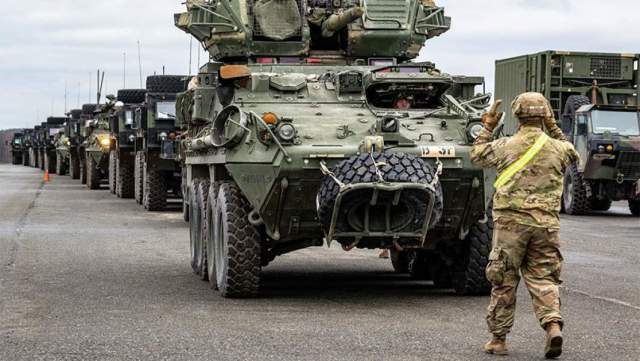
Photo: Global Look Press/dpa/Armin Weigel
Image source: iz.ru
In 2007, Moscow imposed a moratorium on the CFE Treaty in the hope of returning counterparties to an equal dialogue. Among the first, it was about the closest neighbors — Poland and the Baltic States. The message caused a stir among the world's elites, and residents of neighboring countries were frightened by Russian tanks and troops.
What the CFE Treaty limited
In the first edition, the CFE Treaty imposed restrictions on the number of military equipment in Europe in five parameters: tanks, armored vehicles, self-propelled artillery installations, aircraft and helicopters for NATO and the Warsaw Pact countries. Each unit pledged to reduce the number of military equipment: no more than 20 thousand tanks and 30 thousand armored vehicles, as well as up to 20 thousand artillery systems. Military aviation was also reduced: no more than 6.8 thousand planes and 2 thousand helicopters for each unit. In addition, the number of troops and equipment on the flanks was limited: in Greece, Turkey, Iceland and Norway for Western countries and in Bulgaria, Romania, the Caucasus, the Leningrad Region and Odessa — for the Warsaw Pact countries.
In addition, the countries pledged to provide the Vienna Military Committee and the treaty partners with information on arsenals and the movement of troops and equipment, as well as to take and conduct inspections and other mutual control measures described in the document. That is, representatives of any country could come with a check on the availability of weapons and understand whether the amount of equipment corresponds to the submitted applications. The adapted agreement of 1999 assumed that the restrictions would not affect the blocs, but individual countries. So, the Russian quota was supposed to be 6.3 thousand tanks, 11.2 thousand armored vehicles and 6.3 thousand artillery systems. It was allowed to have 3.4 thousand planes and 855 helicopters.
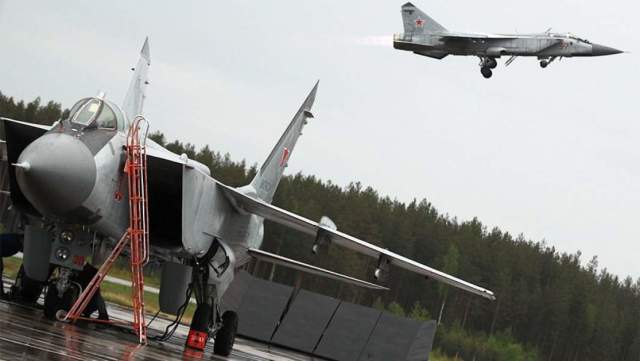
Photo: IZVESTIA/Zurab Javakhadze
Image source: iz.ru
Why did Russia withdraw from the CFE Treaty
Since during the nine years of waiting, the new NATO members who joined the bloc in 1999 and 2004 did not ratify the treaty, and the alliance itself continued to expand towards Russia, the country's leadership decided in 2007 not to fulfill the agreements under the treaty — primarily in terms of monitoring and inspections of troops. As a compromise, Russia proposed to abolish flanking restrictions that do not allow to build up military forces in certain regions.
In March 2015, amid the aggravation of relations with Ukraine, Russia suspended participation in the meetings of the Joint Advisory Group on the CFE Treaty, thereby completing the last interactions within the framework of the agreement.
In May 2023, the Russian State Duma denounced the agreement — that is, it officially refused to fulfill the agreements within the framework of the document. It was one of the last military treaties with NATO, preserved since the warming of relations in the mid-1990s. The denunciation of the treaty in 2023 is designed to neutralize the imbalance of conventional armed forces between the North Atlantic Bloc and the Russian Federation, which worsened after Finland and Sweden's applications to join NATO and against the background of Ukraine's pumping of weapons. In addition, Moscow stated that it has information about how some Eastern European countries violated the provisions of the treaty.
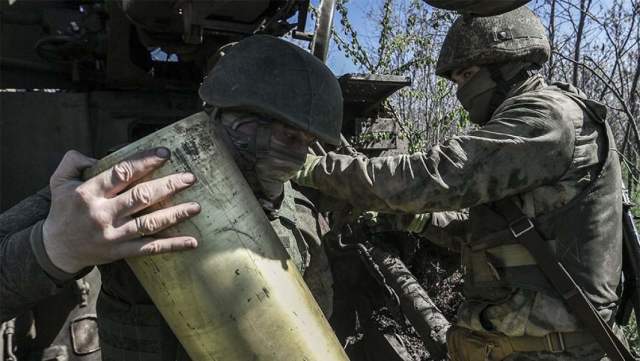
Photo: RIA Novosti/Konstantin Mikhalchevsky
Image source: iz.ru
Withdrawal from the CFE Treaty will allow Russia to place weapons where it is needed, and not notify anyone about it, said Dmitry Medvedev, Deputy Chairman of the Security Council of the Russian Federation. He also added that Russia will maximize the production of weapons, military equipment and weapons of destruction.
What does the denunciation of the CFE Treaty mean
The procedure for withdrawing from the CFE Treaty will take about six months, Russian Deputy Foreign Minister Sergei Ryabkov explained. According to him, the notification of withdrawal from the treaty is sent 150 days before the expected date of withdrawal, and a special conference of the CFE Treaty member states should be convened in the next three weeks.
"At it we will state our firm position based on federal law <...> We will publicly once again inform the NATO countries and the world community that it was the collective West that made it impossible for us to stay in the CFE Treaty with its destructive actions," Ryabkov explained.
Alternatives to the CFE Treaty
In the last decade, the infrastructure of European security, created with great difficulty in the 80s and 90s of the last century, is being destroyed. The United States withdrew from the ABM treaties, the INF Treaty, Russia in February 2023 was forced to withdraw from the START treaty, and in May denounced the CFE Treaty. Of the fundamental agreements with the West, only the Treaty on the Non-Proliferation of Nuclear Weapons remains.
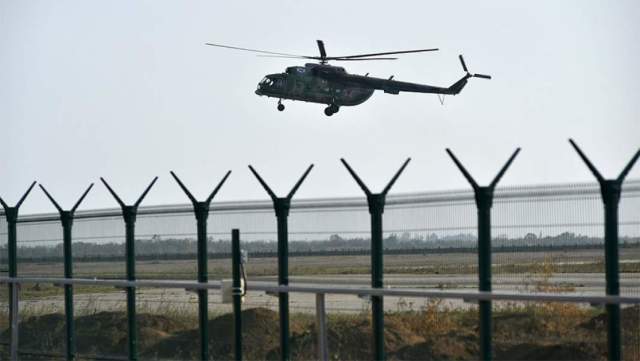
Photo: IZVESTIA/Alexander Polegenko
Image source: iz.ru
As for the CFE Treaty, discussions about alternatives to this treaty arise with a certain frequency. The leaders of the countries understand that agreements are needed, but the Western elites do not give up trying to impose their vision on Russia.
So, in 2016, the notorious Frank-Walter Steinmeier published an article in the German newspaper Die Welt, in which he called on his European colleagues to resume dialogue with Russia on conventional arms control in Europe. But on unfavorable terms for Russia. As the TASS military observer, retired Colonel Viktor Litovkin, wrote in the Izvestia column, there are no guarantees that the months-long negotiations on a new arms control treaty, which is designed to replace the CFE Treaty that died in the Bose, and agreements that take into account not only the demands of NATO states, but also Russian concerns and conditions, will not the same fate will befall.
There is no talk of an alternative to the CFE Treaty in 2023. According to Litovkin, "there will be no other agreement, because agreements can be concluded between countries that are equal in combat potential, which trust each other. Today, the United States believes that they are above all in terms of combat potential, they want to control others and do not want to be controlled."
According to Russian Deputy Foreign Minister Sergei Ryabkov, an alternative to the agreement may appear later. "Only after the current stormy period of our relations with the West has passed, the West will abandon the hostile policy and conceptually we will look for other approaches," he said.
Maria Shaipova
